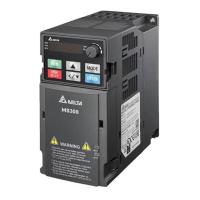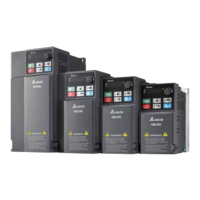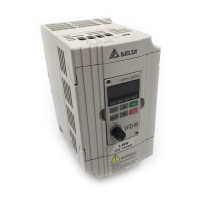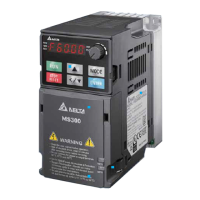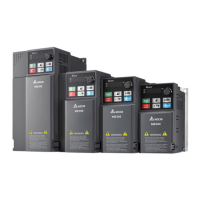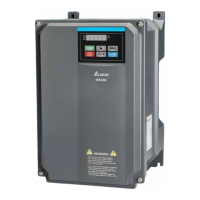Chapter 16 PLC Function ApplicationsMH300
16-5-1 Introduction to device functions
Input / output contact functions
Input contact X has this function: input contact X is connected with an input device, and reads input
signals entering the PLC. There are no restrictions on the number of times that the input contact A or
B appear in the program. The ON/OFF state of input contact X changes as the input device switches
between ON and OFF; you cannot use a peripheral device (WPLSoft) to force contact X ON or OFF.
Output contact Y functions
The output contact Y sends an ON/OFF signal to drive the load connected to output contact Y. There
are two types of output contacts: relays and transistors. There are no restrictions on the number of
times that contact A or B of an output contact Y appear in a program, but it is recommended that you
use the number of output coil Y only once in a program; otherwise the output state when the PLC
performs program scanning is determined by the program’s final output Y circuit.
Figure 16-50
Numerical value, constant [K] / [H]
Constant
Single-byte
K Decimal
K-32,768–K32,767
Double-byte
K-2,147,483,648
–K2,147,483,647
Single-byte
H Hexadecimal
H0000–HFFFF
Double-byte H00000000–HFFFFFFFF
Table 16-9
The PLC uses five types of numerical values to implement calculations based on its control tasks; the
following topics explain the use and function of the different numerical types.
Binary Number, BIN
The PLC’s numerical operations and memory employ binary numbers. Table 16-10 below explains
terms related to binary numbers.
Bits are the fundamental units of binary values, and have a state of either 1 or 0.
Nibble
Comprised of a series of four bits (such as b3–b0); can be used to express a one-
nibble decimal number 0–9 or hexadecimal number 0–F.
Byte
Comprised of a series of two nibbles (i.e. 8 bits, b7–b0); can express a
hexadecimal number: 00–FF.
Word
Comprised of a series of two bytes (i.e. 16 bits, b15–b0); can express a
hexadecimal number with four nibbles: 0000–FFFF.
Double Word
Comprised of a series of two words (i.e. 32 bits, b31–b0); can express a
hexadecimal number with eight nibbles: 00000000–FFFFFFFF
Table 16-10
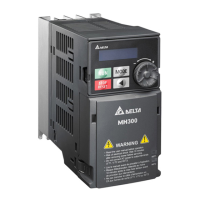
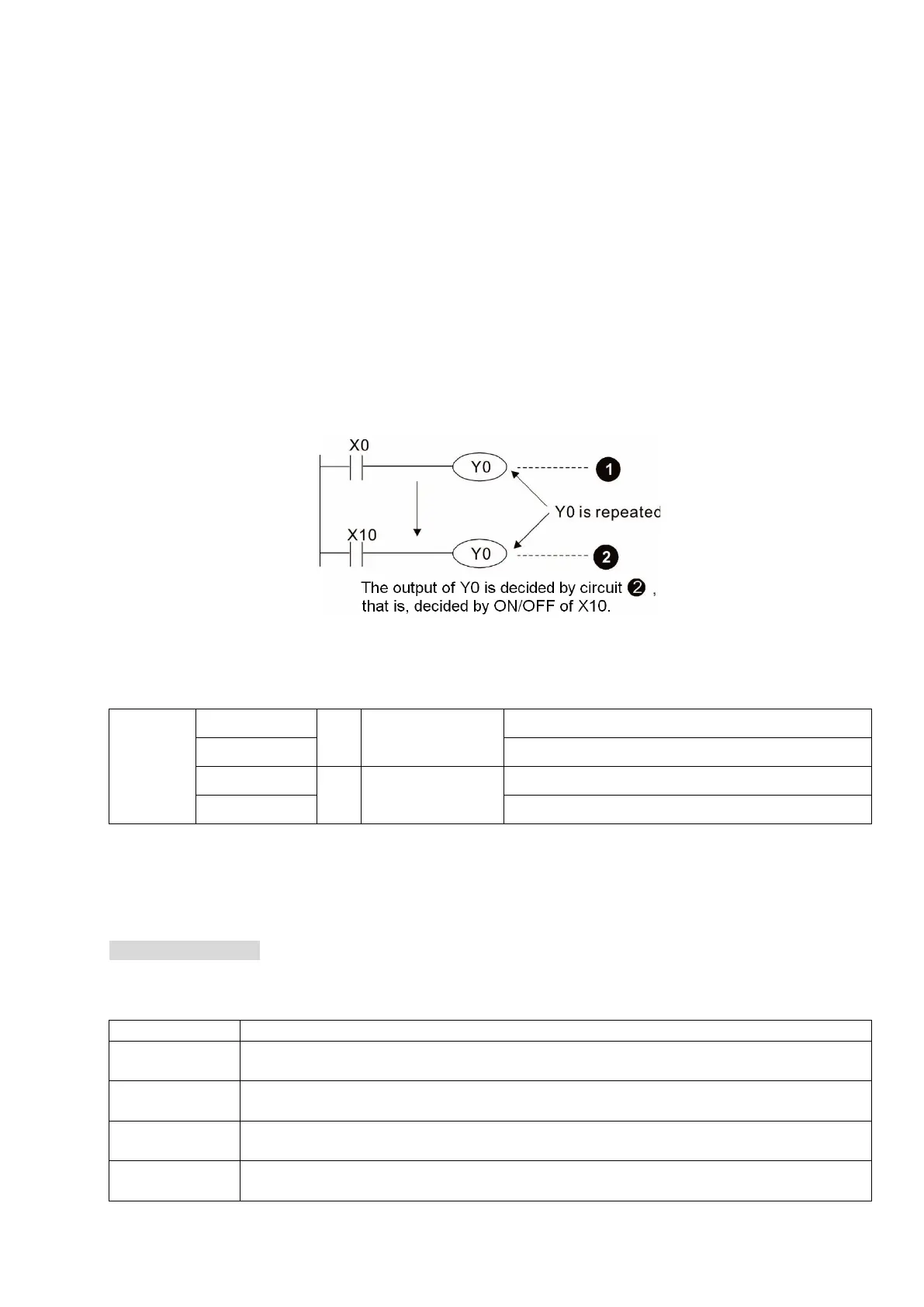